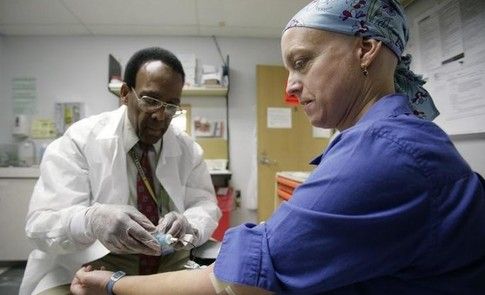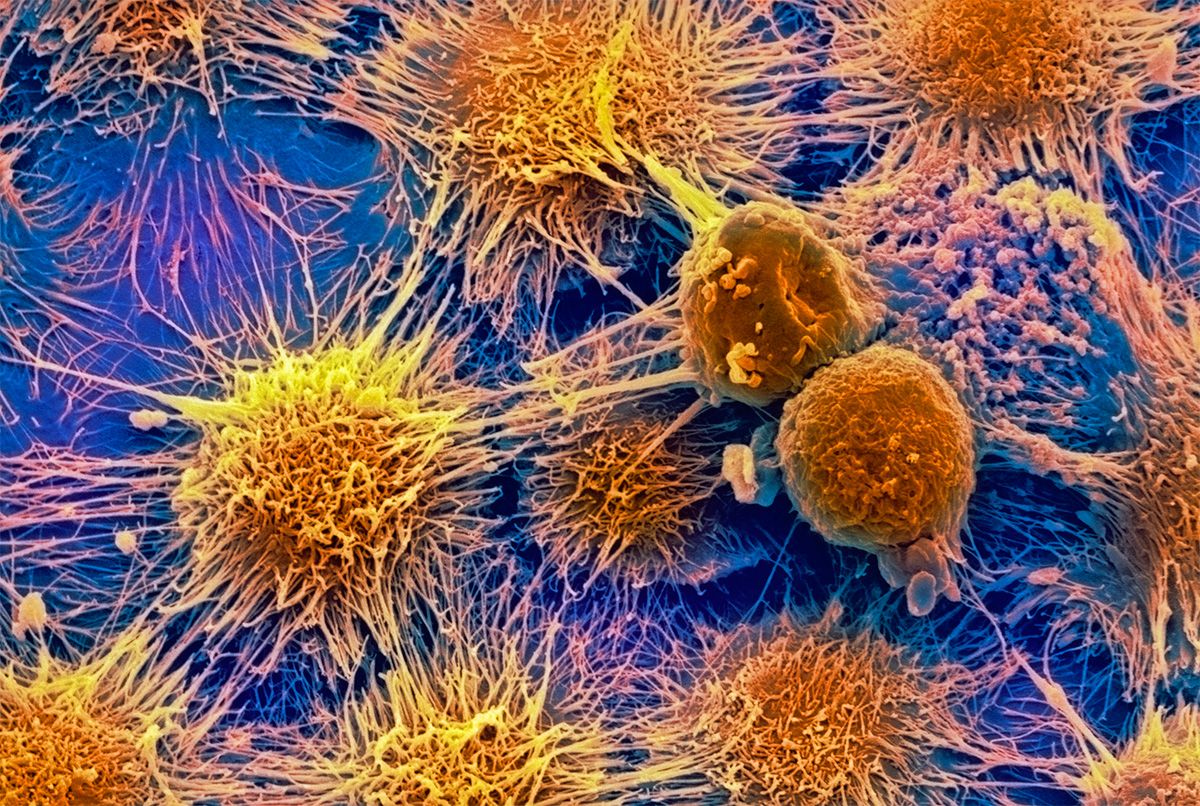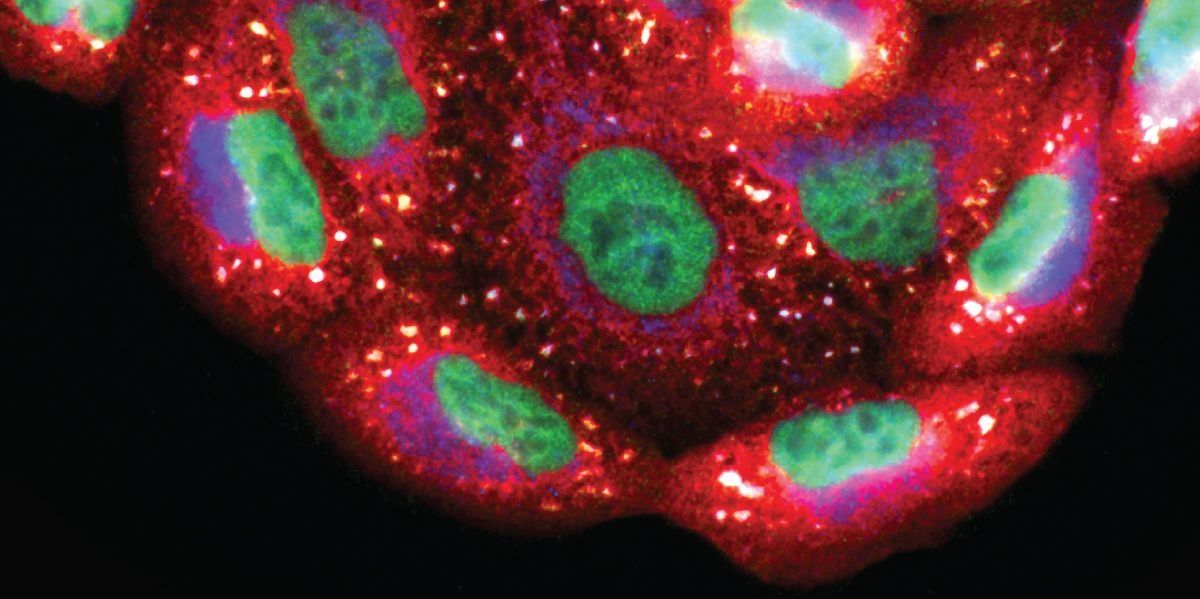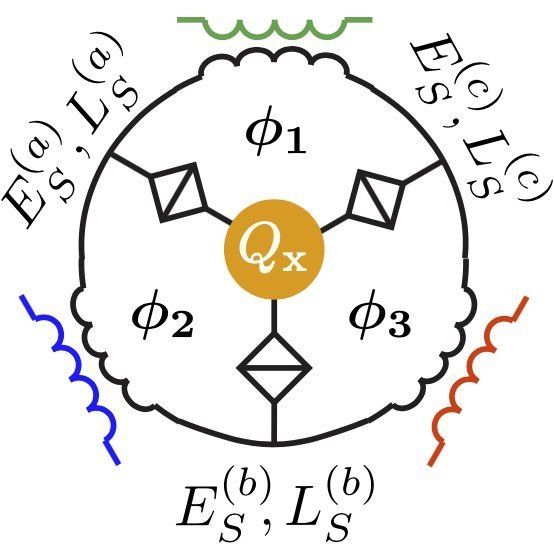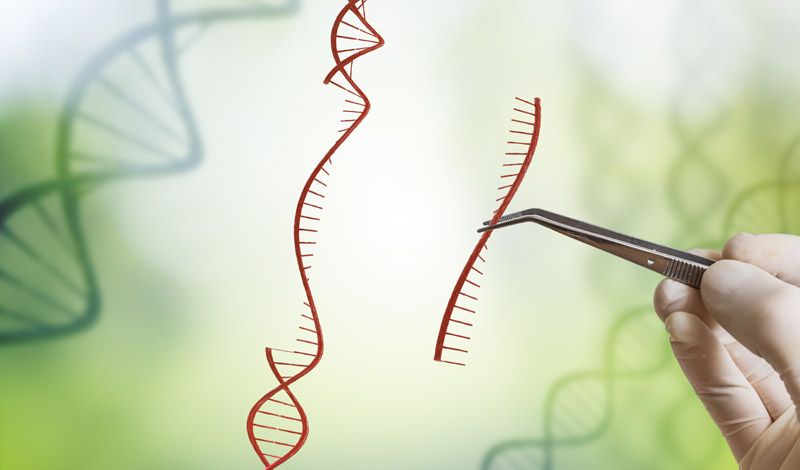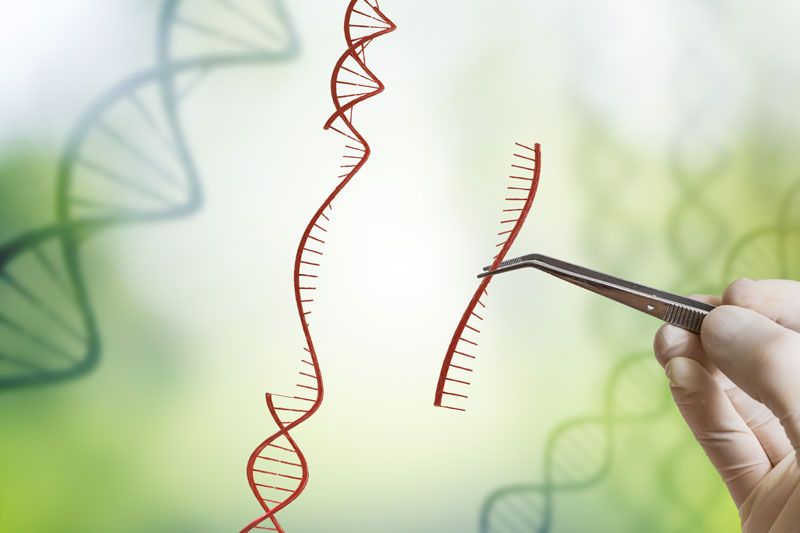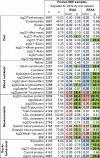A new class of patients could soon be treated for breast cancer, no chemotherapy required. That’s because they don’t really benefit from it, according to a study published Sunday in the New England Journal of Medicine.
Those patients: those diagnosed with early-stage, invasive, hormone-receptor-positive breast cancer who scored in a specific range of a genetic test. They benefit just as much from chemotherapy, which many don’t tolerate well and can have long-term consequences, as they do from hormone treatments, which have many fewer side effects.
But before this study came out, many people in this group were prescribed chemotherapy because doctors had, based on the best information available, assumed it would help them. For those people, the side effects of chemotherapy could have been avoided, without making the treatment any less effective.
